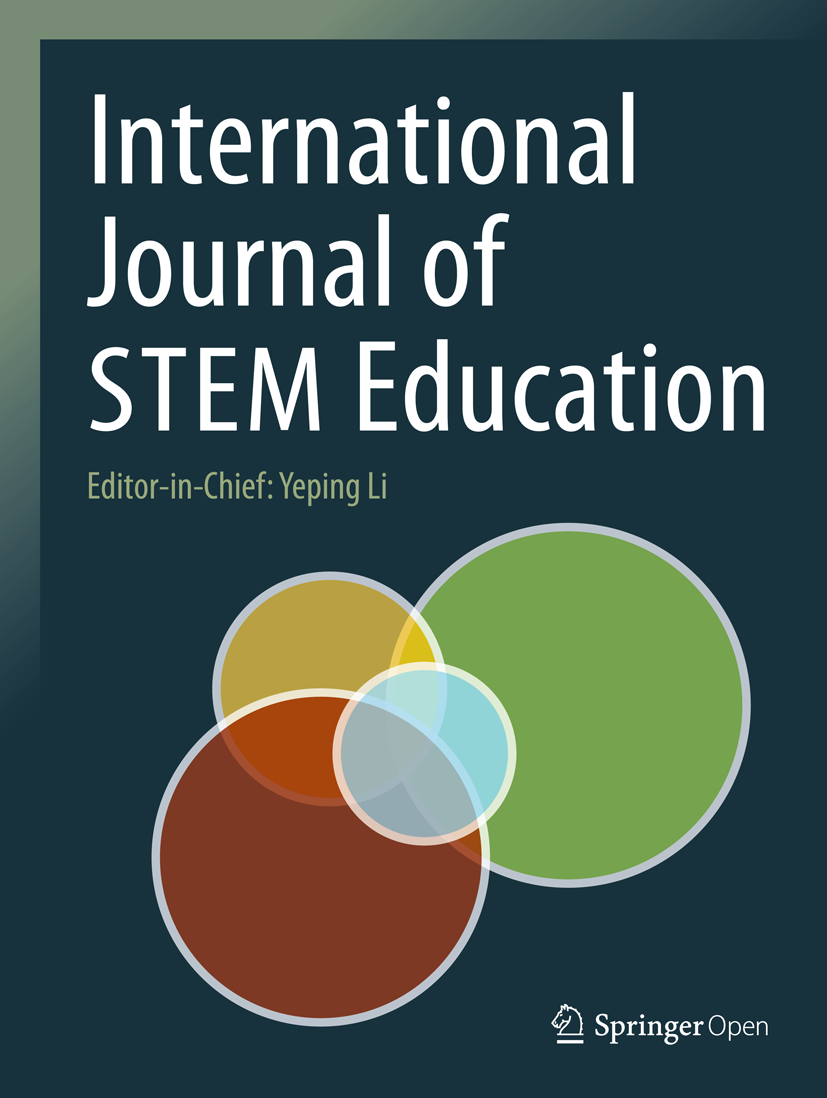STEM教育机构变革项目:透过“四类变革策略模型”检视已制定的方法
IF 8
1区 教育学
Q1 EDUCATION & EDUCATIONAL RESEARCH
引用次数: 0
摘要
实施STEM教育改革是一项复杂的任务,变革推动者可以选择多种方法。当致力于影响STEM教育系统多个部分的制度变革项目时,变革推动者团队可能会选择多种战略和策略来实施,并在项目的多年时间内实施。然而,文献缺乏记录和分析变更项目团队使用的策略和战术的研究,这种方法对其他变更代理人有用。目前的研究旨在通过调查美国国家科学基金会资助的三所公立研究型大学的变革计划来填补这一空白,这些计划的重点是鼓励STEM教师采用基于证据的教学实践,以了解项目内部和跨项目使用的策略。基于Henderson等人视角的定性框架分析[j] .科学教学研究杂志48(8):952-984,2011。https://doi.org/10.1002/tea.20439)四类变化策略模型表明,机构项目制定了广泛的策略,这些策略跨越了模型的四类所代表的四种策略,既跨机构又在每个机构内部。该分析记录了模型之前没有描述的许多变化策略,并提供了在制度变化项目的背景下在每个类别中操作的变化过程的扩展定义。这种描述性的工作促进了我们对制度变革倡议所采取行动的广度和深度的理解,并提供了基于不同制度背景可能观察到的变化类型的见解。当前的分析既肯定了原始模型的价值,又确定了在制度变革项目的背景下思考这四个类别的扩展方法。本文章由计算机程序翻译,如有差异,请以英文原文为准。
STEM education institutional change projects: examining enacted approaches through the lens of the Four Categories of Change Strategies Model
Enacting STEM education reform is a complex task and there are a variety of approaches that might be selected by change agents. When working on an institutional change project to impact multiple parts of the STEM education system, teams of change agents may select multiple strategies and tactics to enact at one time and over multiple years of a project. However, the literature lacks studies which document and analyze strategies and tactics used by change project teams in a way that can be useful for other change agents. The current study seeks to fill this gap by investigating National Science Foundation-funded change initiatives at three public research universities focused on encouraging the adoption of evidenced-based instructional practices by STEM faculty in order to understand the strategies used within and across projects. Qualitative framework analysis using the lens of the Henderson et al. (Journal of Research in Science Teaching 48(8): 952–984, 2011. https://doi.org/10.1002/tea.20439 ) Four Categories of Change Strategies Model showed that institutional projects enact a wide range of tactics that span the four strategies represented in the four categories of the model both across institutions and within each institution. The analysis documents a number of change tactics not previously described by the model and offers expanded definitions of the change processes that operate within each category in the context of institutional change projects. This descriptive work advances our understanding of the breadth and depth of actions taken by institutional change initiatives and provides insights into types of variations that might be observed based on different institutional contexts. The current analysis both affirms the value of the original model and identifies expanded ways to think about the four categories within the context of institutional change projects.
求助全文
通过发布文献求助,成功后即可免费获取论文全文。
去求助
来源期刊

International Journal of Stem Education
Social Sciences-Education
CiteScore
12.40
自引率
11.90%
发文量
68
审稿时长
13 weeks
期刊介绍:
The International Journal of STEM Education is a multidisciplinary journal in subject-content education that focuses on the study of teaching and learning in science, technology, engineering, and mathematics (STEM). It is being established as a brand new, forward looking journal in the field of education. As a peer-reviewed journal, it is positioned to promote research and educational development in the rapidly evolving field of STEM education around the world.
 求助内容:
求助内容: 应助结果提醒方式:
应助结果提醒方式:


